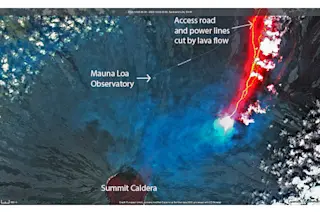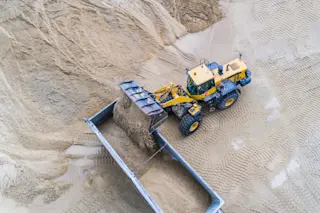The pitter-patter of raindrops on your umbrella is caused by raindrops of all different sizes, and now physicists have a new explanation for how those raindrops form. A pair of researchers used a high-speed camera (video below the jump) to watch a single drop of water fall and change shape over the course of six-hundredths of a second, and found that the shattering of single raindrops after they leave clouds is enough to explain the wide variety of drop sizes [Science News].
Previously, the leading theory to explain the diversity of raindrops had been that raindrops grow as they gently bump into each other and coalesce. Meanwhile, more forceful collisions break other drops apart into a scattering of smaller droplets. All this action would explain the wide distribution of shapes and sizes [ScienceNOW Daily News]. But lead researcher Emmanuel Villermaux says he questioned that theory, with its supposition of frequent ...














